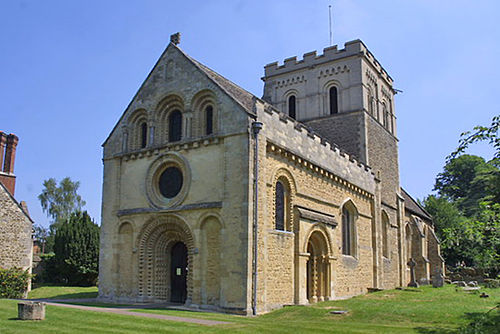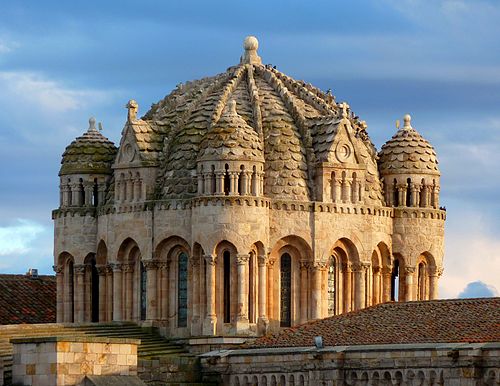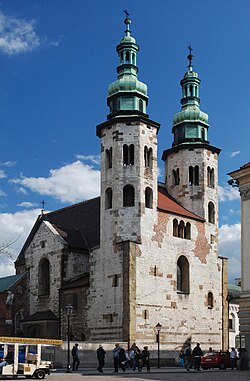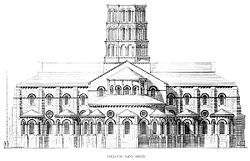
Romanesque is the architecture of Europe which emerged in the late 10th century and evolved into Gothic architecture during the 12th century. The Romanesque style in England is more traditionally referred to as Norman architecture.
Contents
- Romanesque architecture, regional characteristics
- Features of Romanesque architecture that is seen in different areas around Europe.
- Features which are regionally diversified
- Romanesque churches in Italy
- Influences
- Characteristics
- Notable buildings
- Romanesque churches in France
- Influences 2
- Characteristics 2
- Notable examples
- Romanesque churches in Britain and Ireland
- Influences 3
- Characteristics 3
- Notable examples 2
- Romanesque churches in Spain, Portugal and Andorra
- Influences 4
- Characteristics 4
- Notable examples 3
- Romanesque churches in Germany, Belgium and the Netherlands
- Influences 5
- Characteristics 5
- Notable examples 4
- Romanesque churches in Scandinavia
- Influences 6
- Characteristics 6
- Notable examples 5
- Romanesque churches in Poland, Austria, Hungary and the Czech Republic
- Influences 7
- Characteristics 7
- Notable examples 6
- See also
- References
- Further reading
- External links
The style can be identified across Europe with certain significant architectural features occurring everywhere. There are other characteristics that differ greatly from region to region.
Most of the buildings that are still standing are churches, some of which are very large abbey churches and cathedrals. The majority of these are still in use, some of them having been substantially altered over the centuries. [1]
This list presents a comparison of Romanesque churches, abbeys and cathedrals of different countries. The second section describes the architectural features that can be identified within pictures of major architectural elements.



























































